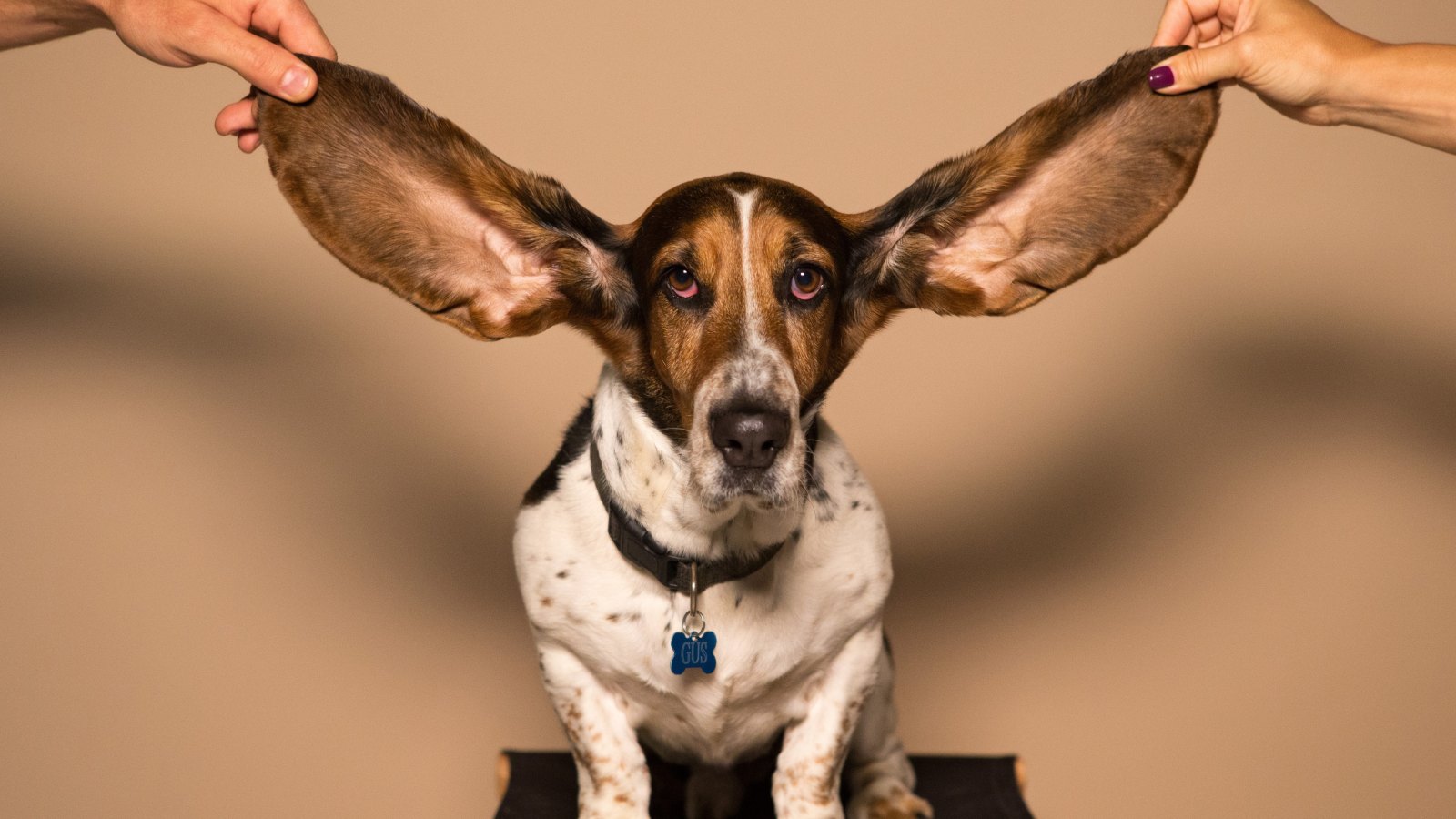This post is brought to you by Us Weekly’s Shop With Us team. The Shop With Us team aims to highlight products and services our readers might find interesting and useful, such as wedding-guest outfits, purses, plus-size swimsuits, women's sneakers, bridal shapewear, and perfect gift ideas for everyone in your life. Product and service selection, however, is in no way intended to constitute an endorsement by either Us Weekly or of any celebrity mentioned in the post.
The Shop With Us team may receive products free of charge from manufacturers to test. In addition, Us Weekly receives compensation from the manufacturer of the products we write about when you click on a link and then purchase the product featured in an article. This does not drive our decision as to whether or not a product or service is featured or recommended. Shop With Us operates independently from the advertising sales team. We welcome your feedback at ShopWithUs@usmagazine.com. Happy shopping!
A key piece of being a good conversationalist is having active listening skills. You’re able to build deeper connections and foster conversations of true meaning when you focus on listening to those you’re conversing with. It shows the person you’re speaking with that you’re invested in what they have to say, avoids miscommunication, and reduces conflict.
Most people believe they’re great with listening and conversations, but lack the skills to truly understand what people are saying. If you want to improve your skills as a conversationalist, start with these active listening tips. You’ll be amazed at how much more effective your conversations are.
Use Body Language to Show Engagement
The best listeners show others that they’re open to hearing what they’re saying. Your body language should clearly express interest. You’ll want to face who you’re talking with while maintaining appropriate eye contact. Avoid crossing your arms or legs as this makes you appear closed off to the conversation or defensive of the topic. Slightly tilt your head towards them to express listening as well.
Drew Sherman, Director of Marketing and Communications at Carvaygo has an excellent tip on maintaining eye contact with someone in a comfortable manner. “Too much eye contact can feel very intimidating. Don’t stare too intently as you listen and adjust your eyes. Switch off looking at each of their eyes one at a time. Avert your eyes to their lips here and there. This way, you still keep your focus on them without staring into their soul and risk making them feel uncomfortable.”
Pay Attention to Non-Verbal Cues
Just as your body language is part of the overall conversation, the same goes for the person who is speaking. You can see beyond the words they’re saying how they feel about something. Watch for facial expressions and gestures. Listen for their tone of voice. These non-verbal cues are imperative to further understand the topic at hand.
“When I’m talking with my team, I go beyond just listening to the words they’re saying,” explains Karim Hachem, VP of eCommerce at La Blanca. “I pay attention to their tone of voice. Are they upbeat? Melancholy? I look for their expressions. Is their smile genuine or does it look forced? There’s a certain level of empathy required when talking with someone when trying to understand what their concerns or ideas are beyond their words.”
As Karim Hachem mentioned, empathy is a huge piece of feeling heard in a conversation. When you’re showing the person that you’re “hearing” them simply through their actions, they feel validated.
Listen to Understand, Not to Respond
A common habit many people have while engaging in conversation is listening to someone and preparing a response. When you plan on what you’re going to say next, you’re not focused on the conversation and you could miss out on important information.
“I’m a planner by nature and I always plan what I will say in my head before the words leave my mouth. That’s effective in some cases, but I found myself always planning my responses as I was speaking with someone,” admits John Berry, CEO and Managing Partner at Berry Law. “I realized I was only half-listening to people and was missing out on key points they were making because I was too busy being in my own head.”
The only true way to have a deep, meaningful conversation with someone is to actively listen. You need to take in what they say, understand it, and then formulate your thoughts on it.
“We often feel that in conversations, we need to respond right away,” explains Chris Coote, CEO of California Honey Vapes. “That’s why we’re accustomed to planning what we’ll say while others are talking. It’s perfectly okay to take a minute to gather your thoughts before replying. When I’m conversing with someone, and it’s my turn to respond and I need a moment, I’ll nod and express my thanks then, I’ll pause to think before responding.”

Avoid Interrupting
One of the results of listening to respond in conversations is interruptions. When people have a response prepared in their head, they feel the urge to blurt it out, even if the other person is still speaking. Frankly speaking, it’s a rude practice. “Nothing irks me more than being interrupted as I speak,” admits Patricio Paucar, Co-Founder and Chief Customer Officer at Navi. “It immediately makes me feel as though they don’t think my thoughts and words have value.”
Interruptions feel frustrating to the other person and the dynamic of a conversation can immediately change when an interruption takes place. If you’re a quick thinker and feel compelled to speak during a conversation, it will take some practice to slow down and wait for the appropriate time to jump in.
Zachary Hamed, CEO of Clay used to have a bad habit of interrupting. “I would get a thought in my head and felt I needed to express it. I could sense the other person becoming frustrated and I hated that. I wanted them to know I valued their thoughts, so I actively worked on slowing down my thoughts during conversations. It takes active practice but I’m much better now.”
Show That You’re Listening
Much like the body language we use while speaking with someone, you want to express mannerisms and phrases that show you understand someone. Nod along or gesture to the person to continue. Quietly say phrases such as “uh huh” or “yes” to show you’re listening.
“I was speaking with a superior early in my career and as she spoke, I nodded and would verbally confirm (softly, so as not to interrupt) what she was saying,” Sara Alshamsi, Chief Operating Officer at Big Heart Toys recalls. “It was second nature to how I conversed so I was surprised when she mentioned it. She told me how much she loved that I affirmed throughout our dialogue.”
Lina Miranda, VP of Marketing at AdQuick shares some actions to avoid – and what to do instead – when engaged in conversation. “Avoid mindlessly fidgeting by not playing with your hair or nails, and try not to shake your foot or tap your finger on the table. Those are all signs that you’re bored with the conversation. If you need to do something with your hands, hold onto a cup or gently touch your fingers together, without crossing your hands or arms, keep your chest open.”
The actions you’re doing while someone is talking make a huge difference in the direction of the conversation. You want to ensure you’re engaging with the person as they speak.
Have Active Involvement in the Conversation
When it is appropriate to speak, there are two key ways you can show that you’ve been actively listening: by asking questions and summarizing the conversation.
Asking the right questions at the appropriate time shows that you’ve not only listened to what someone was saying but that you’re eager to learn more. Again, this is a good indicator to someone that you value their thoughts. Rachel Roff, Founder and CEO of Urban Skin Rx loves asking questions in conversations. “Even when I’m actively listening to a conversation, I see the person’s eyes light up when I ask a question. You can see that immediate validation for them and I sense a deeper connection with them the moment it happens. It’s kind of an endorphin rush and it’s great for filling my social tank.”
One of my main reasons having active listening skills in conversation is important is to prevent breakdowns in communication. Misunderstandings happen all the time which is why summarizing a conversation, particularly before responding, fills the gaps in understanding.
It can feel awkward at first to essentially repeat a conversation. That’s how Sean Doherty, General Manager at BoxGenie felt when he first implemented this practice. “I remember feeling so awkward repeating back someone’s words in a conversation. I’m glad I got over that because it’s been an essential tool in my work and life. It prevents miscommunication and I feel much more open when speaking with people because I’m actively working to understand what they’re saying. It’s truly reduced any awkward feelings that come along with gaps in communication.”
Conclusion
With any new strategy, it takes some practice. This is especially true with communication, as how we communicate feels second nature. We barely think about it and it’s a habit that can be difficult to break. You will have to make a conscious effort in your conversations to switch up your practices.
To get some practice with it, enlist the help of those close to you to help, like colleagues or friends. Practice your new skills and get some feedback from your support system. Once you get comfortable with it and start using these skills in everyday conversations, active listening will become your new habit. You’ll enjoy much better conversations from it and you’ll find you make deeper, long-lasting connections.





